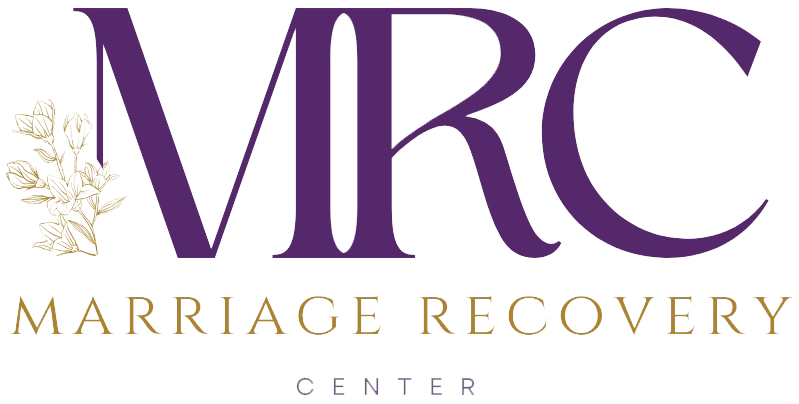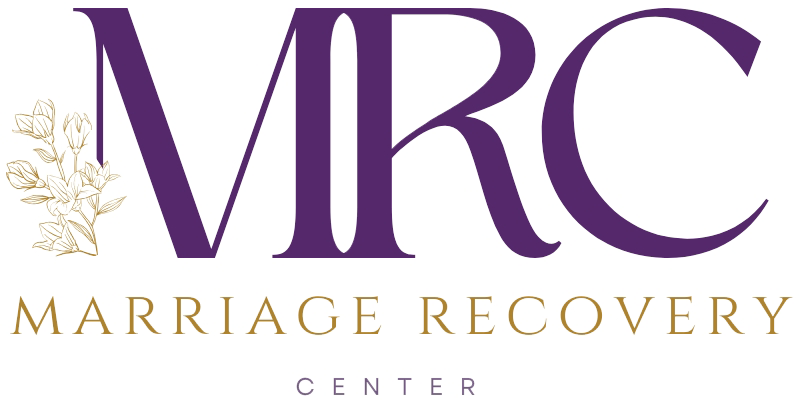The idea of abuse is commonly perceived as explicitly appalling behaviors towards another person. Simply put, these behaviors are overt or obvious. Whether it’s physical or emotional, this is the kind of abuse that can be easily spotted and called out.
However, abuse is far from black and white because there are other forms that are not recognized as abuse but equally harmful. Watch as Dr. Hawkins discusses what covert and overt abuse is, as well as the behaviors that fall under these categories.
Covert and Overt Abuse: Exploring The Differences
Abuse is a deeply troubling issue that affects many individuals in various relationships. Often, when the word “abuse” is mentioned, we tend to visualize overt forms of mistreatment, such as physical violence, pushing, shoving, and name-calling. These manifestations of abuse are blatant, easily identifiable, and universally condemned.
Laws are in place to protect victims from these obvious forms of abuse, and the abusers can be held accountable for their actions. However, there is another insidious type of abuse that often goes unnoticed and unaddressed: covert abuse.
1. Covert and Overt Emotional Abuse: Unveiling the Distinctions
Overt Abuse: Overt emotional abuse is the more visible and easily recognized form of mistreatment. It involves explicit actions aimed at demeaning, belittling, or humiliating another person. The scars left by overt emotional abuse are undeniable, and society is increasingly aware of the need to combat such behaviors.
Covert Abuse: On the other hand, covert emotional abuse operates in the shadows. It is characterized by subtle tactics that are difficult to spot, even by the victims themselves. The abuser often employs manipulation, gaslighting, sarcasm, and dismissive language to degrade the victim’s sense of self-worth and undermine their confidence. The covert abuser is adept at concealing their actions and may deny the abusive nature of their behavior if confronted.
2. The Challenges of Identifying Covert Emotional Abuse
One of the most significant challenges with covert emotional abuse is identifying it as abuse in the first place. The victim may not immediately recognize the abusive dynamics, especially if they have been conditioned to accept such behavior as normal. The abuser may gaslight the victim, making them question their own perceptions and experiences, further obscuring the abusive nature of the relationship.
3. The Toll of Covert Emotional Abuse
While overt abuse leaves visible scars, covert emotional abuse inflicts a different kind of damage. The victim is subjected to a constant state of emotional turmoil, anxiety, and self-doubt. The insidious nature of covert abuse erodes the victim’s self-esteem and emotional well-being over time, making them feel powerless and trapped.
4. Overcoming the Cycle of Covert Emotional Abuse
Breaking free from the cycle of covert abuse requires recognizing and naming the abuse for what it is. Victims must understand that they are not to blame for the mistreatment they endure and that their feelings and concerns are valid. It is essential to seek support from friends, family, or professionals who can provide a safe space to discuss the abusive relationship.
5. Empowering Victims to Break Free
Empowering victims of covert abuse begins with raising awareness about this lesser-known form of mistreatment. By shedding light on covert abuse and offering resources for support and healing, we can encourage victims to reclaim their sense of self-worth and foster environments where emotional abuse is not tolerated.
Conclusion
Abuse comes in many forms, and it is crucial to recognize that not all mistreatment is overt and easily identifiable. Covert emotional abuse operates in secrecy, causing deep emotional wounds that can be challenging to heal.
By understanding the distinctions between covert and overt abuse and providing support and resources for victims, we can work towards creating healthier and more compassionate relationships. It is essential to name and expose covert emotional abuse, not only for the sake of the victims but also to foster a society that rejects all forms of mistreatment and promotes empathy and respect.
To learn how we can help, reach out to us at (206) 219-0145 or info@marriagerecoverycenter.com to speak with a Client Care Specialist
Also read: Interventions, Boundaries and Ultimatums
About Dr. Hawkins:
The internet is inundated with hyperbole and misinformation about narcissism, leaving many people confused and hopeless. Get the facts on narcissism and emotional abuse from someone who has been researching, writing about and treating narcissism and emotional abuse for over a decade.
Dr. Hawkins is a best-selling author and clinical psychologist with over three decades of experience helping people break unhealthy patterns and build healthier relationships.
He is the founder and director of the Marriage Recovery Center and the Emotional Abuse Institute which offers education, training and counseling for people who want to break free of, and heal from, emotional abuse. Whether the perpetrator of the abuse is your spouse, partner, parent, boss, friend or family member, we offer practical advice for anyone trapped in a toxic, destructive relationship.
In addition to narcissism & emotional abuse, you’ll learn about the lesser known forms of abuse, including covert abuse, reactive abuse, spiritual abuse, secondary abuse, relationship trauma and much more.








